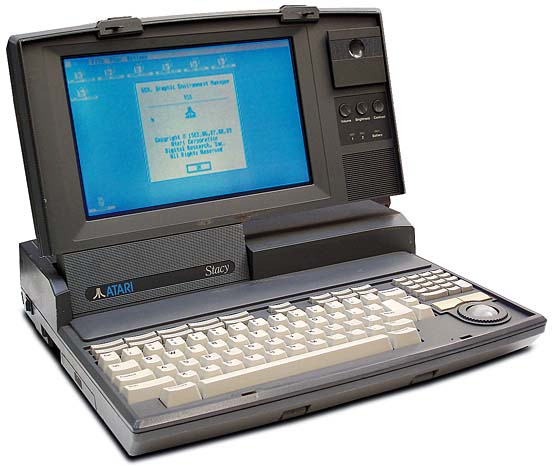vwestlife
Veteran Member
Doubtful. The PC was so entrenched in the business sector by the time an Amiga laptop would have been viable, and there was little to no competitive business software for the Amiga by that time either. It was strictly a hobby machine for the most part.
On the other hand, Atari had some modest success with their "STacy", a (very heavy) ST laptop. However, the ST architechture was probably easier to downsize into laptop form because it used all off-the-shelf components, whereas the Amiga used a bevy of custom chips, which would've needed to be further developed and integrated in order to reduce size and power consumption.



